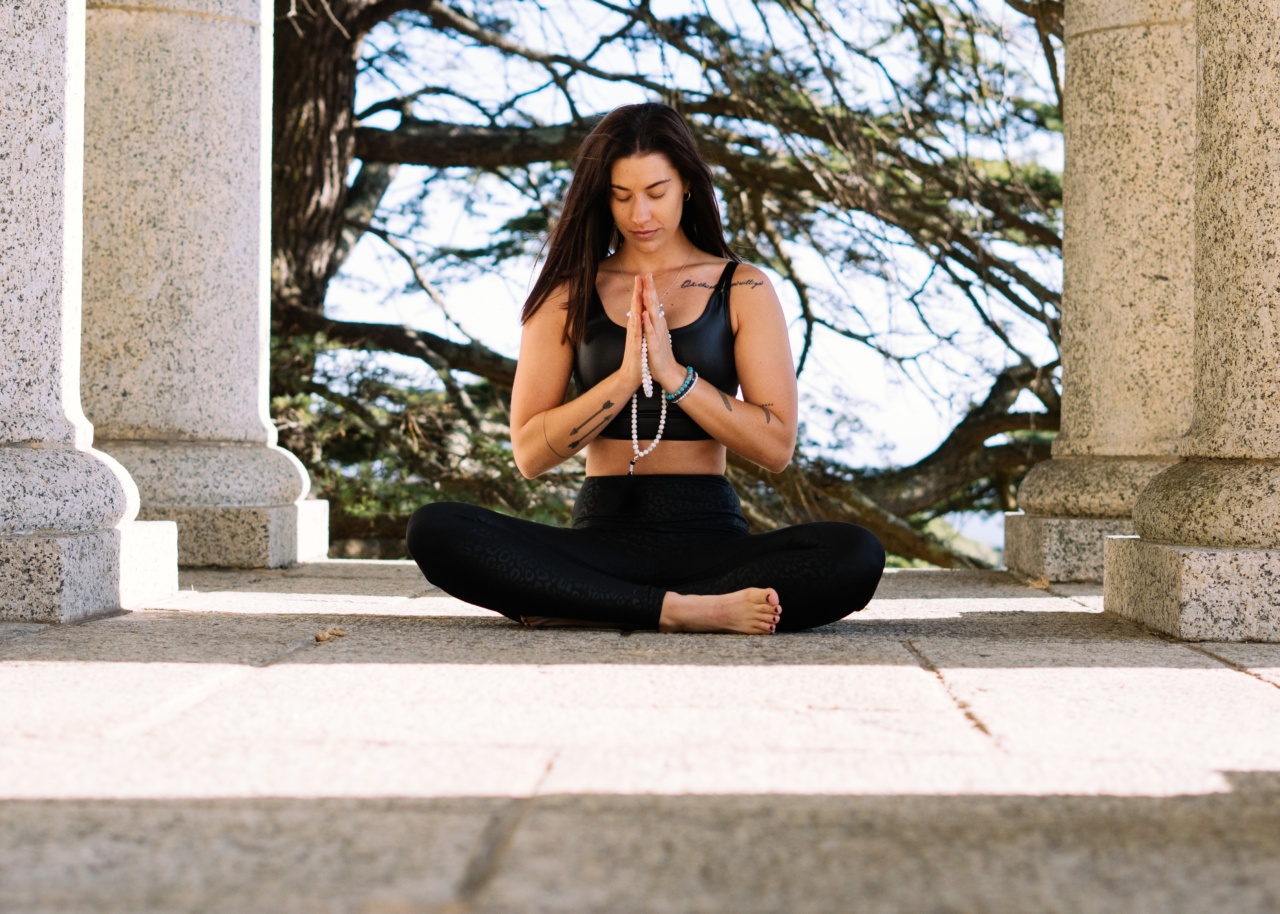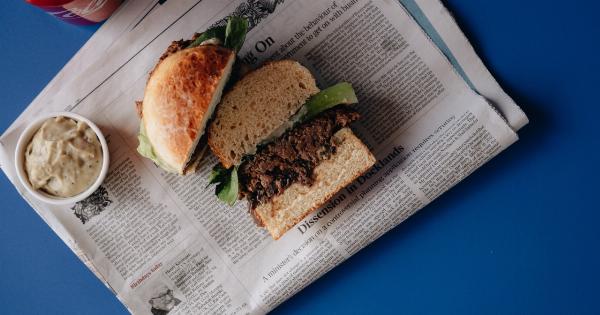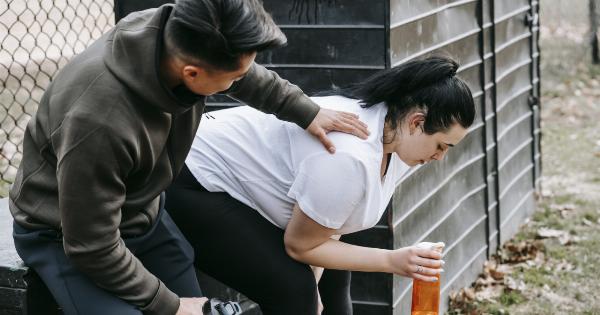We all know that what we eat greatly affects our health and well-being.
But did you know that how you sit while eating can also have an impact on your calorie intake? It may seem surprising, but research has shown that your body position can influence the amount of food you consume and, thus, the number of calories you take in.
1. Sitting up straight may reduce calorie intake
Have you ever noticed that when you slouch while eating, you tend to eat more? This is because sitting up straight, with good posture, can help you feel more satiated and reduce the urge to binge eat.
Additionally, it can also prevent discomfort and indigestion that can arise from poor posture.
Therefore, to manage your weight and reduce the number of calories you consume, make sure to sit up straight during meals.
2. Leaning back or slouching may increase calorie intake
In contrast, when you lean back or slouch while eating, you are more likely to consume extra calories. This is because the hunched position can put pressure on your stomach and create discomfort, prompting you to eat more to feel better.
Plus, when you slouch, your digestive organs get pressed, and this impairs digestion that can lead to overeating.
So, avoid slouching or leaning back when eating as this may cause your calorie intake to climb higher than you intended.
3. Crossing your legs may impact caloric intake
Did you know that how you cross your legs while eating can also affect your calorie intake?.
Researchers have found that crossing your legs while seated can make it more challenging to reach your food. Doing so may lead to the under-consumption of food, resulting in a lower calorie intake.
Therefore, if you’re trying to cut back on calories, cross your legs while eating.
4. The impact of chair height on calorie intake
The height of your chair can also affect your calorie intake. A high chair may not allow you to reach your food with ease, leading to food consumption in smaller amounts. However, a low chair may make it easier to reach your plate.
This may encourage overeating as reaching your food is effortless.
So, be aware of the height of your chair when eating and adjust it accordingly to maintain a healthy caloric intake.
5. Eating while standing may impact calorie intake
Standing while eating may have a surprising impact on your calorie intake. It can increase the number of calories you consume as standing while eating reduces the body’s ability to sense fullness.
This can lead to overeating and, consequently, weight issues.
So, wherever possible, avoid standing while eating to control your calorie intake and help maintain a healthy weight.
6. The angle of the bowl or plate may impact calorie intake
The angle of your plate or bowl when eating can affect the amount of food you consume and your overall caloric intake. When you eat from a flat plate held at a 90-degree angle, you have a clear view of the food, which can lead to overconsumption.
Plate angles under 45-degrees, on the other hand, may lead to higher satisfaction with smaller portions.
Therefore, consider adjusting the angle of your plate or bowl when eating to regulate your calorie intake effectively.
7. Background noise may increase calorie intake
Background noises around you can influence your calorie intake. Studies have shown that loud and noisy environments may cause individuals to eat faster and, therefore, consume more calories.
A quieter environment can help you focus on your food and slow down your eating pace, leading to a lower calorie intake.
To reduce mindless eating and your overall calorie intake, ensure you eat your meals in a quiet and calm environment.
8. The impact of distraction on calorie intake
Distractions can significantly affect how much food you eat by redirecting your attention and focus elsewhere. When you’re focusing on something other than your meal, you’re less likely to pay attention to your body’s satiety cues.
This can lead to overeating and, consequently, a higher calorie intake.
To avoid overeating and maintain a healthy calorie intake, steer clear of any distractions during meals. Focus your attention on your food, eating at a moderate pace, and listening to your body’s satiety signals.
9. Eating in a group may impact calorie intake
Eating with others in a social setting, such as a family gathering or a dinner party, can affect the amount of food you consume. In such settings, people often tend to eat more food than they would alone, a phenomenon known as social facilitation.
If you’re trying to reduce your overall calorie intake, be mindful of social facilitation effects when eating with others.
Consider preparing your own food and bringing it to the gathering or focusing on conversation and not solely on the food when eating in a group.
10. The impact of the table setting on calorie intake
Finally, the layout of the table and the sizes of the serving plates and bowls can affect your calorie intake. Research has shown that individuals tend to eat more when they have large serving platters, bowls, or plates.
Plus, when you have high-calorie foods at eye level and low-calorie foods in less accessible areas, you’ll consume more of the high-calorie options.
To maintain a healthy caloric intake, use smaller plates and serving sizes when setting the table. Additionally, consider placing low-calorie, healthy options at eye level and ensuring that high-calorie options are at a less accessible area.
Conclusion
The way you sit during meals can have a significant impact on your calorie intake.
By implementing the tips discussed in this article, you can ensure that you’re sitting in a way that promotes healthy eating habits and helps you maintain a healthy weight.






























